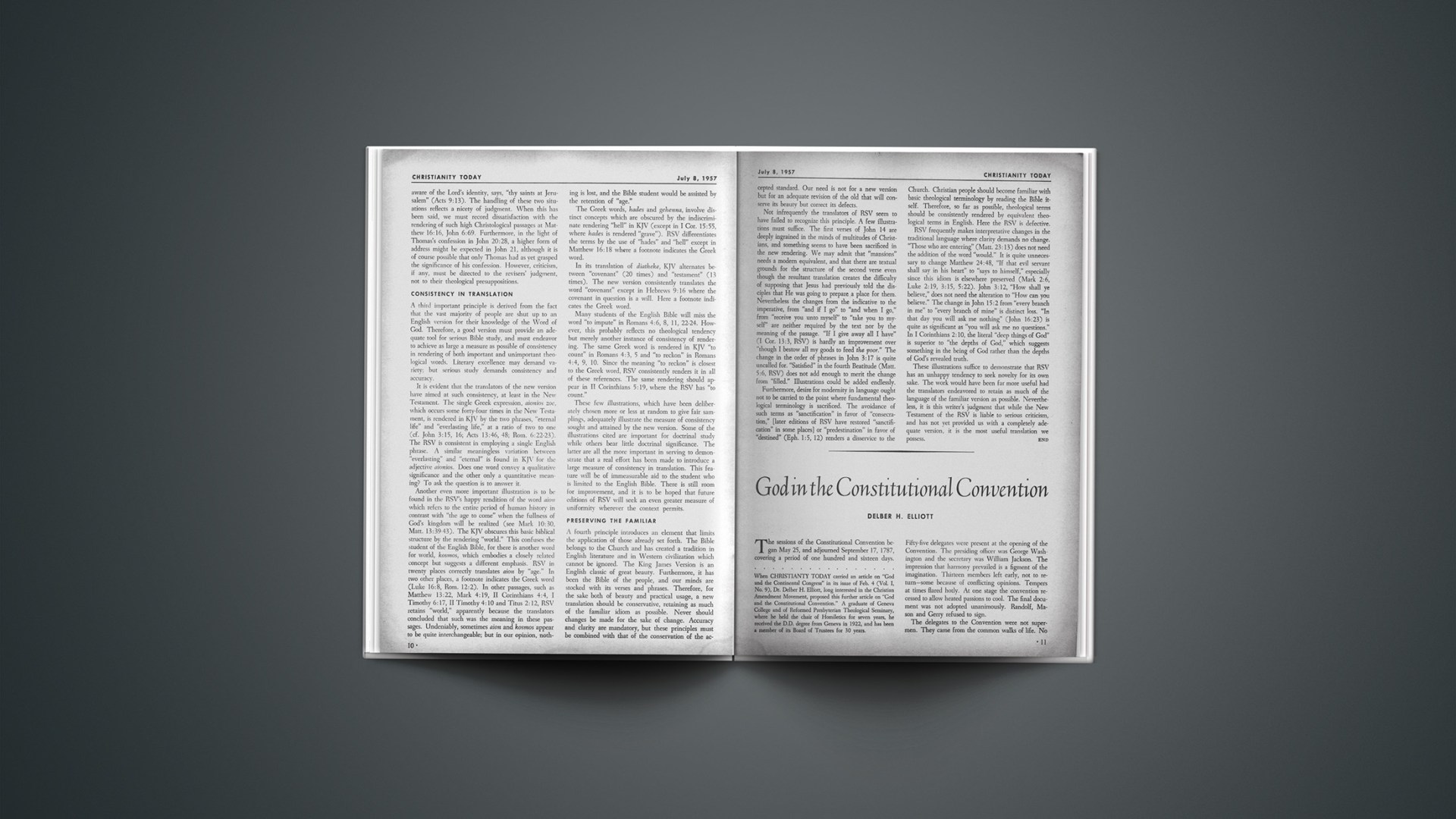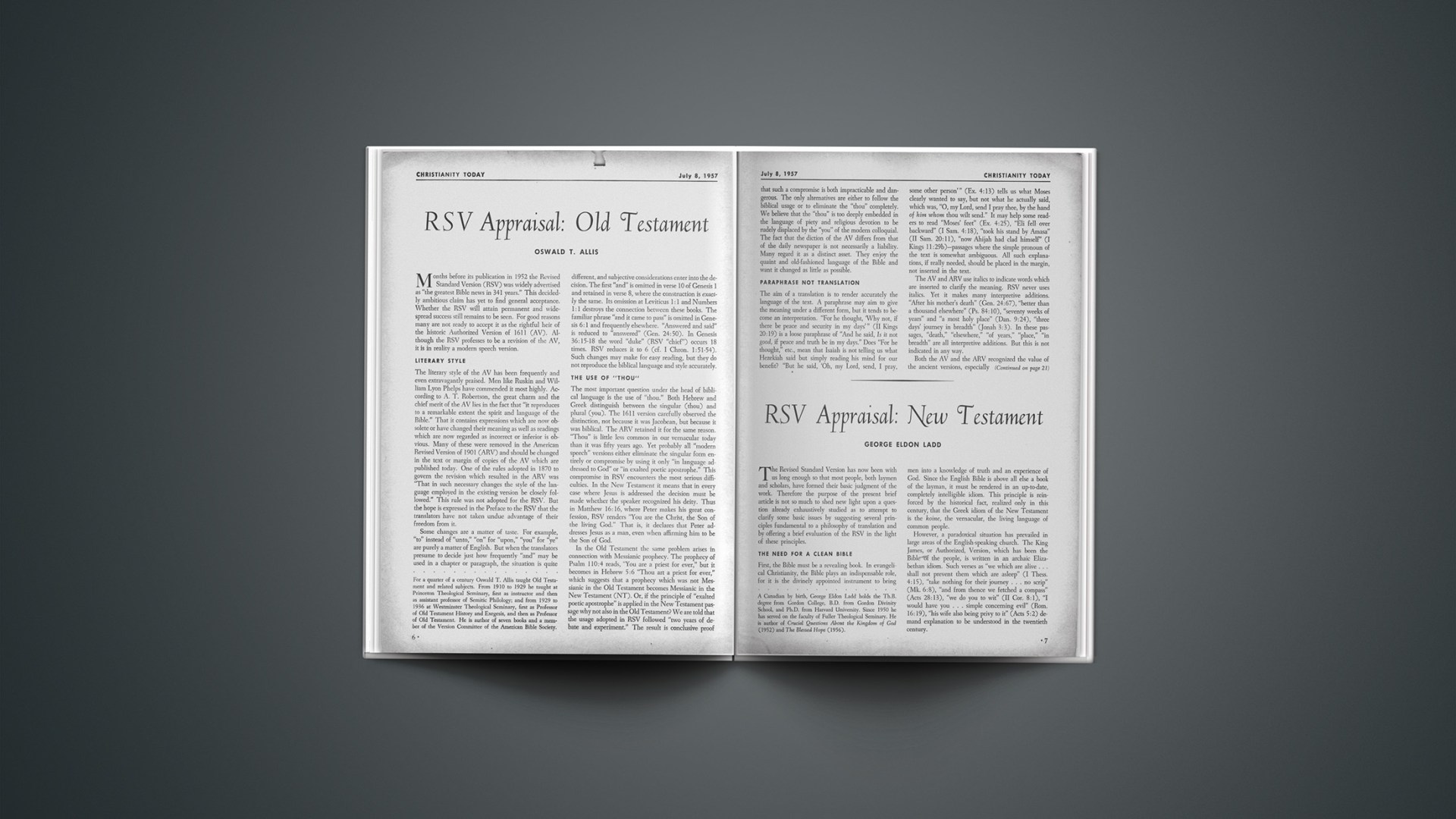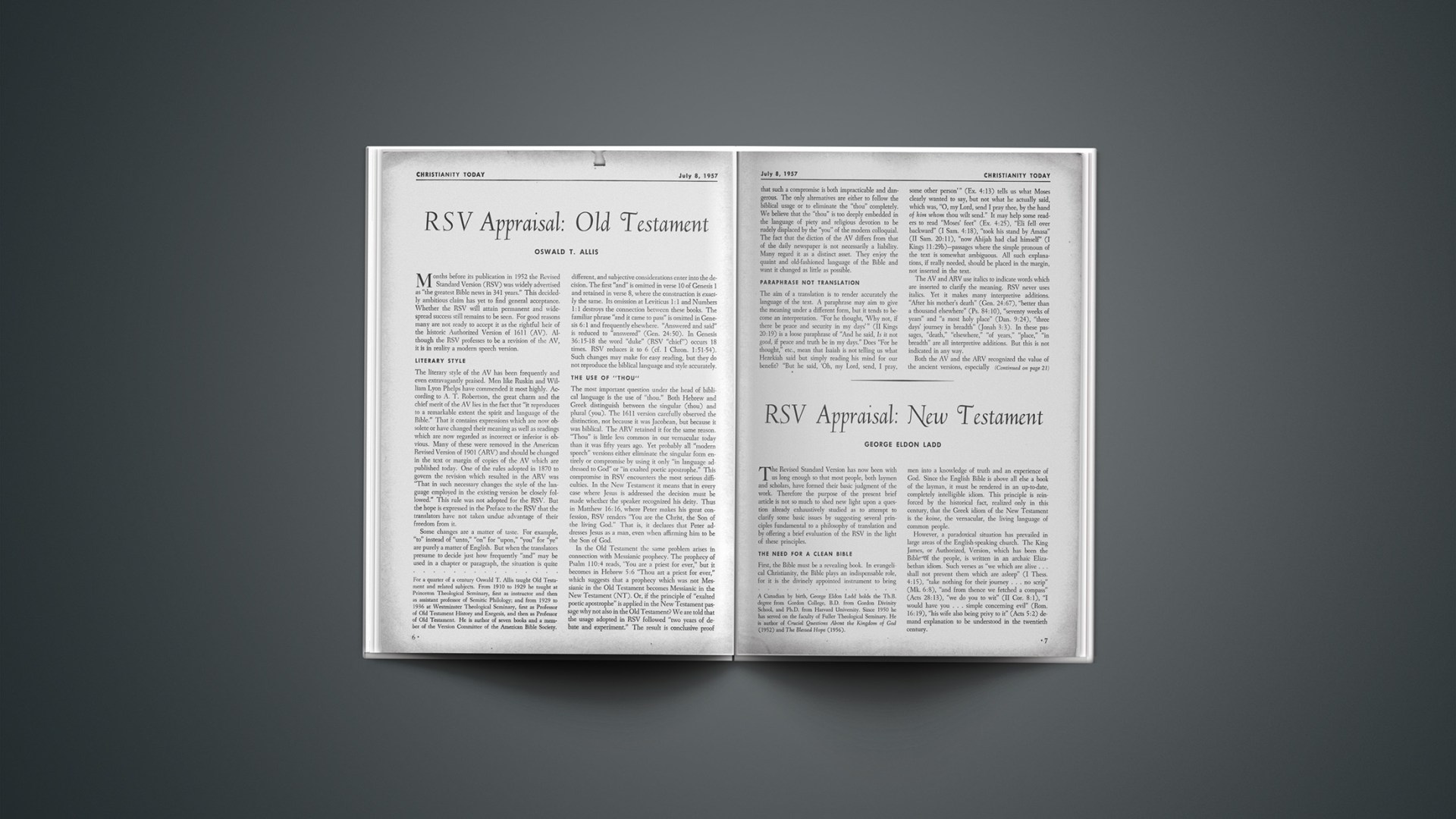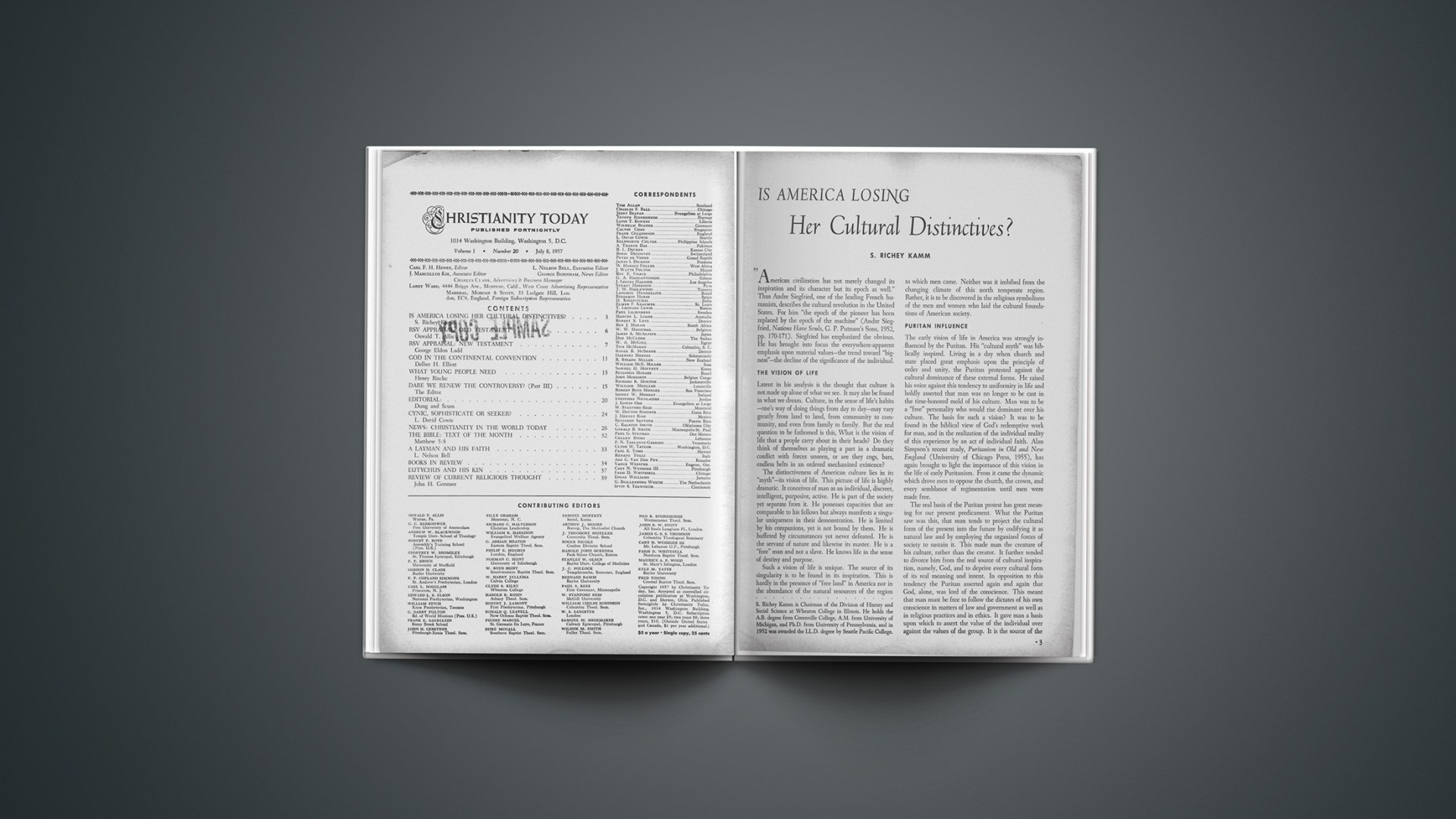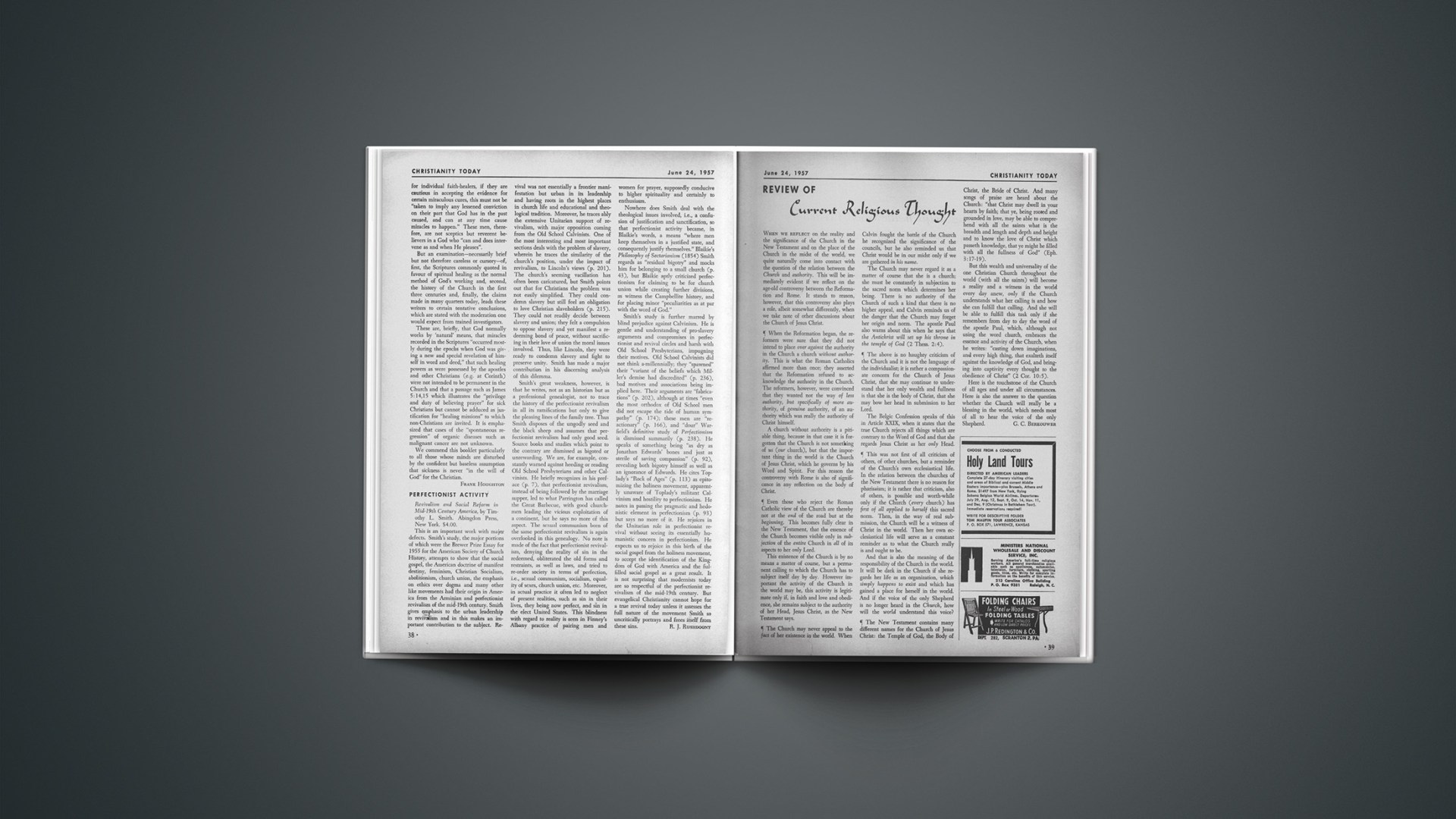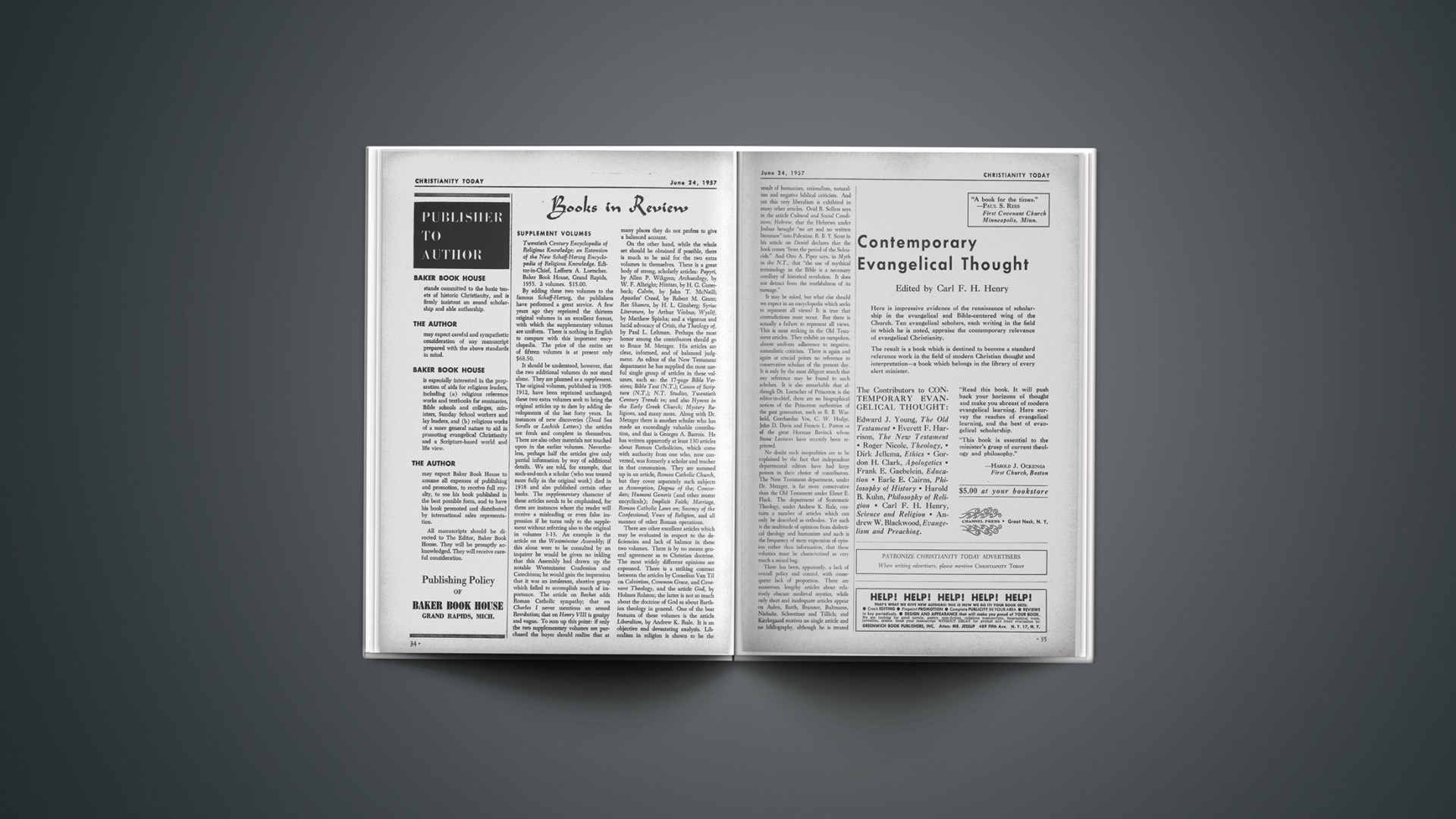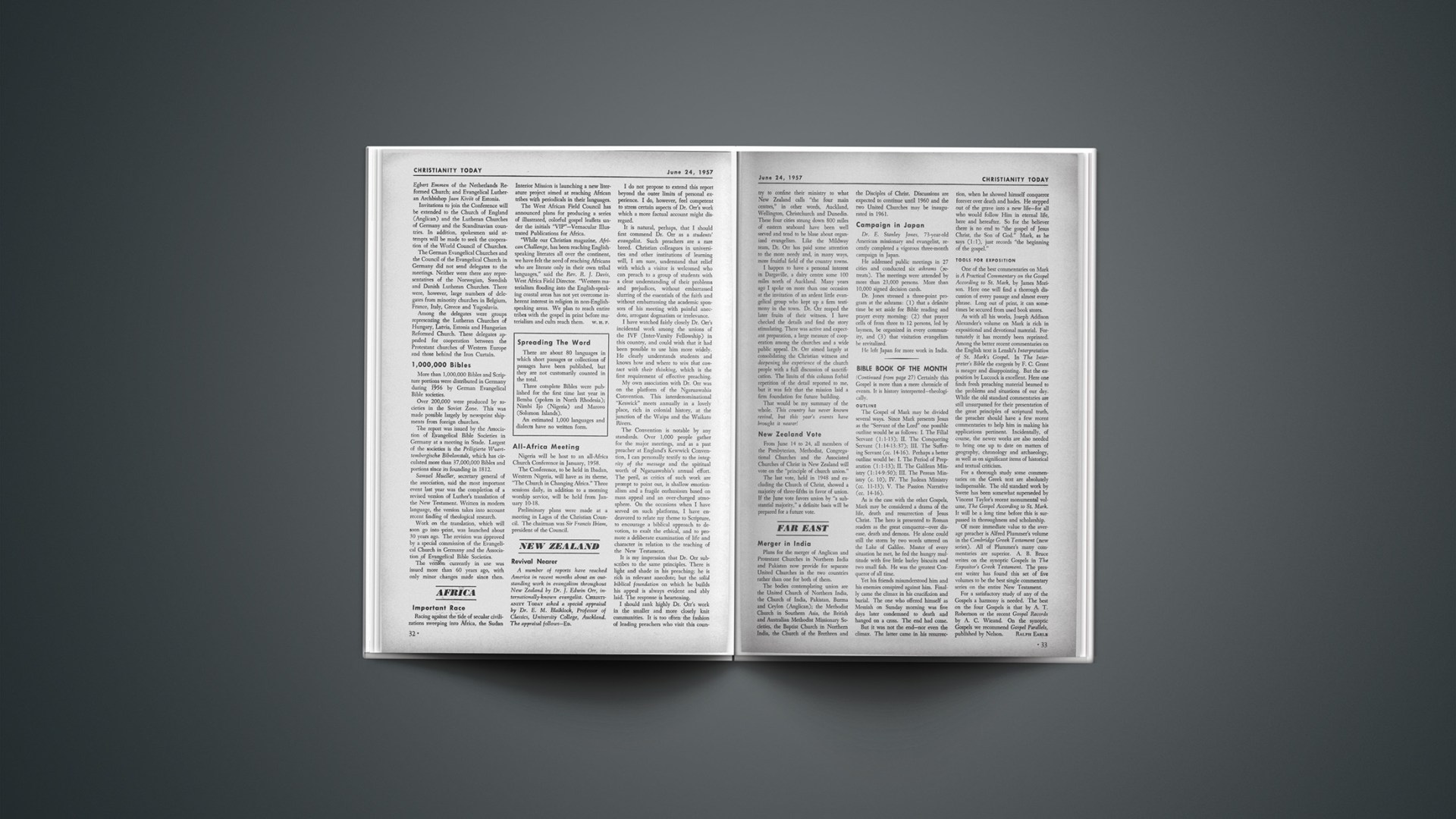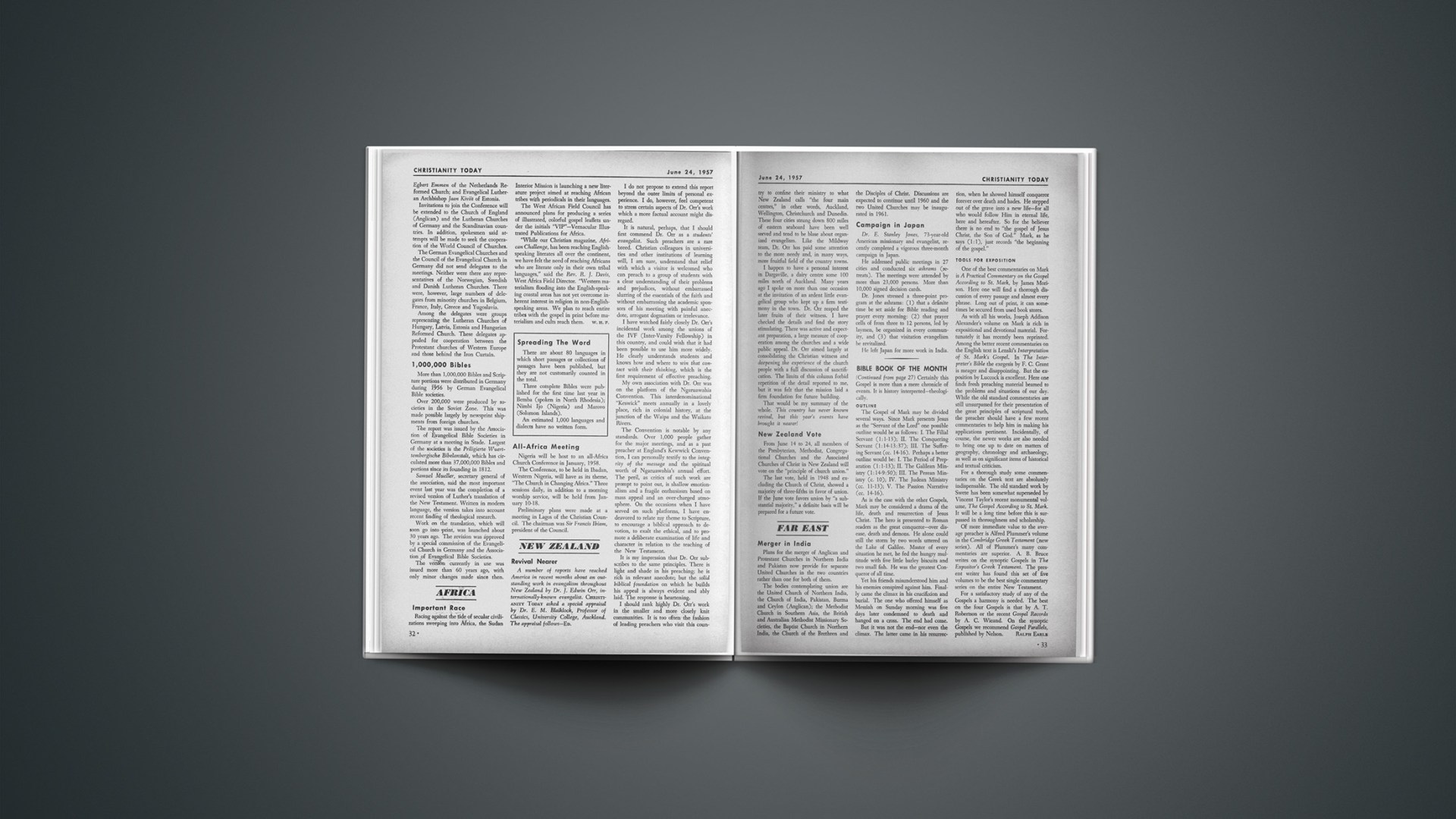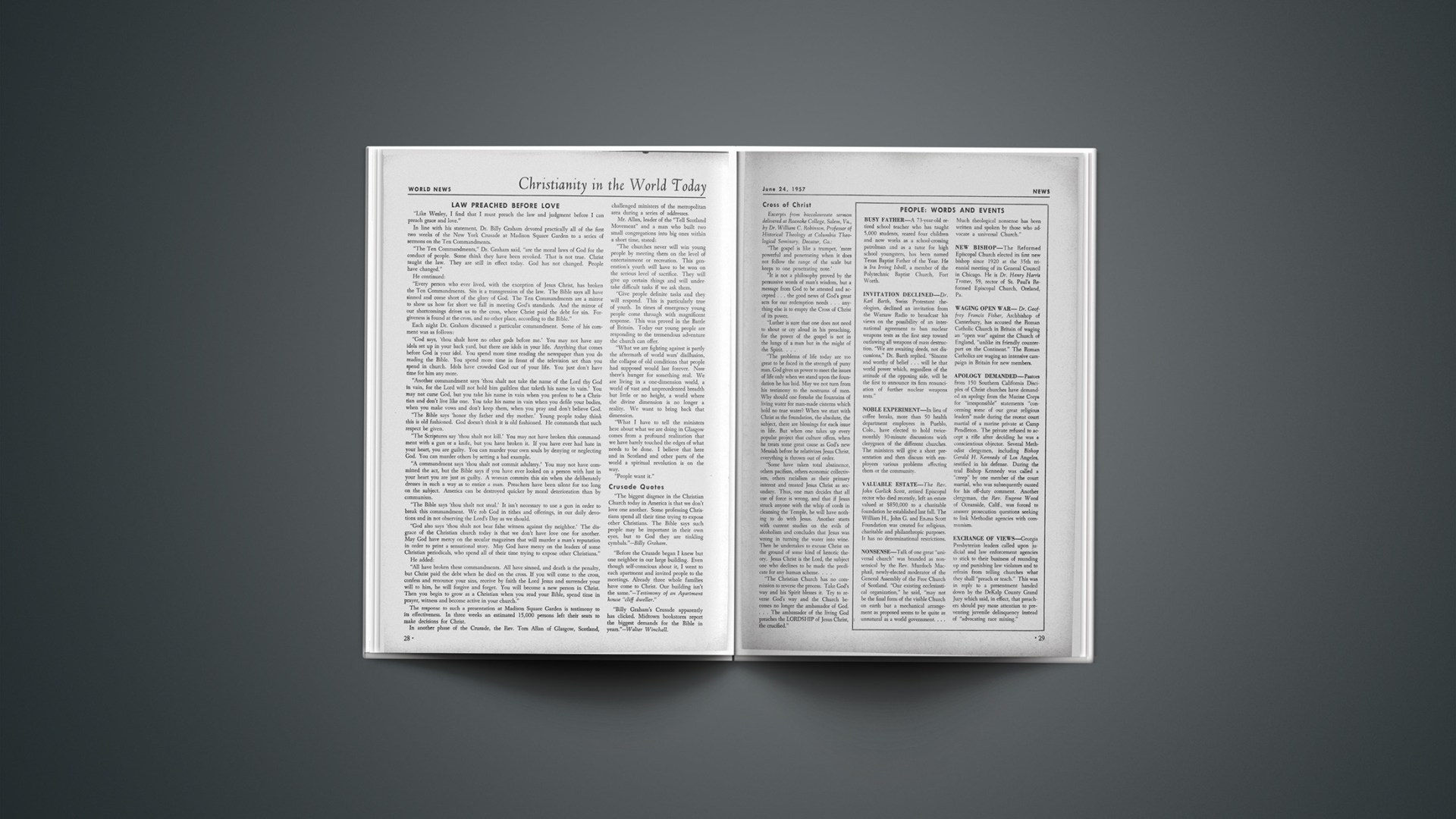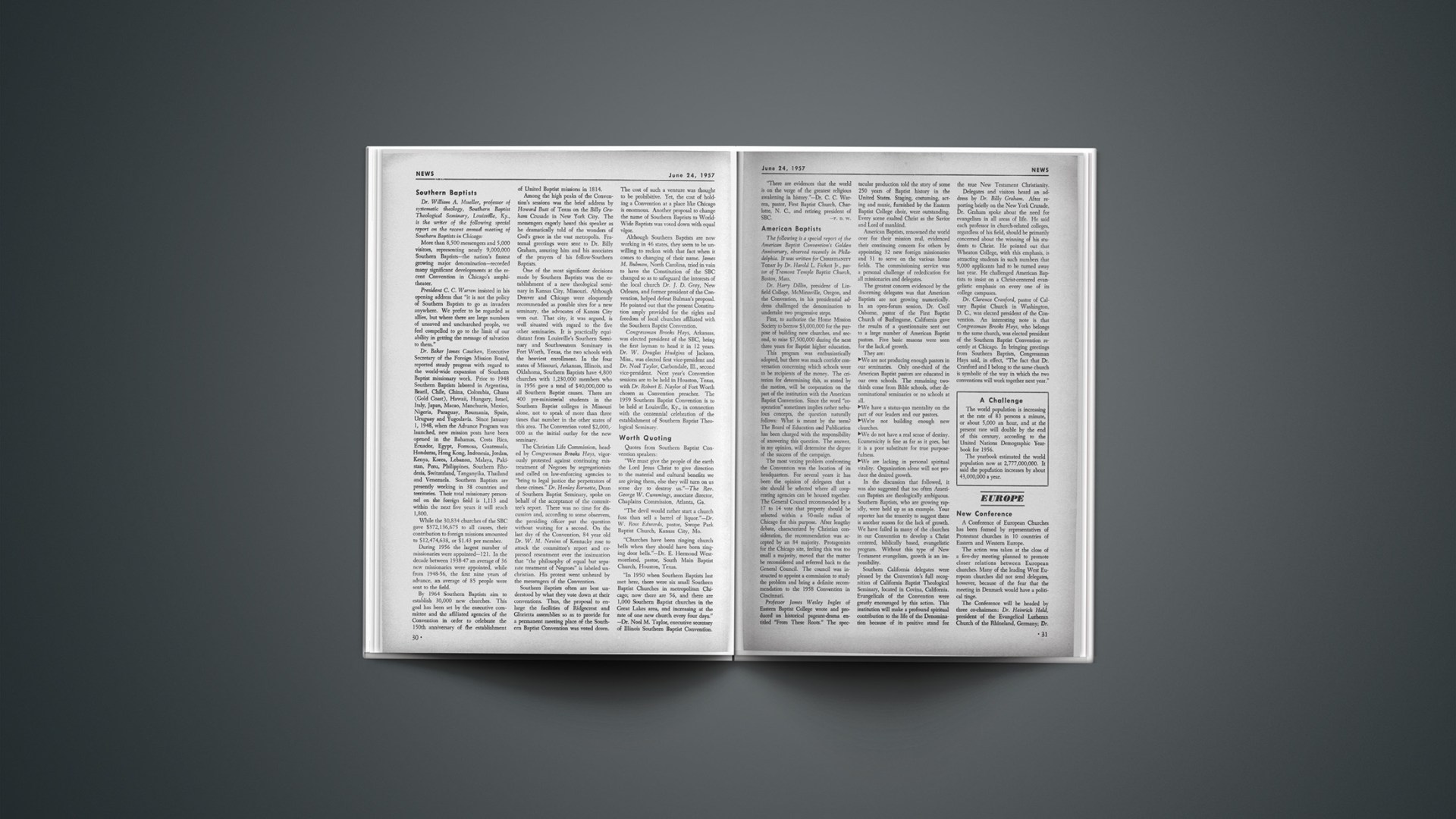The sessions of the Constitutional Convention began May 25, and adjourned September 17, 1787, covering a period of one hundred and sixteen days. Fifty-five delegates were present at the opening of the Convention. The presiding officer was George Washington and the secretary was William Jackson. The impression that harmony prevailed is a figment of the imagination. Thirteen members left early, not to return—some because of conflicting opinions. Tempers at times flared hotly. At one stage the convention recessed to allow heated passions to cool. The final document was not adopted unanimously. Randolf, Mason and Gerry refused to sign.
The delegates to the Convention were not supermen. They came from the common walks of life. No more than twenty of the original fifty-five were credited with making any constructive contribution. If the working force could be reduced to any one man, that man would be James Madison, later called “The Father of the Constitution.”
A Disturbing Contrast
There were certain marked differences between the Continental Congress and the Constitutional Convention. One of them was the place given to prayer. Prayer was prominent in the Continental Congress. Two chaplains were appointed to open the sessions each day with prayer. In the Constitutional Convention prayer was officially absent. When the going became hard, Benjamin Franklin presented his famed resolution asking that prayer for divine guidance be offered each morning. His supporting remarks are a classic in congressional literature. He said in part:
the longer I live, the more convincing proofs I see that God governs in the affairs of men. And if a sparrow cannot fall without his notice, is it probable that an empire can rise without his aid? We have been assured, sir, in the sacred writings that “Except the Lord build the house, they labor in vain that build it.”
Many writers assume that prayers were offered and that all went well thereafter. The plain fact is that this was not so. Elliott’s Debates (Vol. 5, p. 255) and a footnote to Franklin’s speech tell us that prayers were not thought necessary and the motion was lost by adjournment.
A second contrast between these two historic assemblies concerns the recognition given to the Divine Being. The Continental Congress, in its official documents, mentioned “God,” “Almighty God,” “Governor of the Universe” and the “Omnipotent” One. If we go back to the early compacts, colonial charters, the Articles of Confederation and the Declaration of Independence, we find not only frequent mention of God but repeated reference to Jesus Christ, the Saviour and Ruler of nations.
But in its official proceedings the Constitutional Convention was noticeably silent on such acknowledgments of Deity. In the Constitution as finally adopted there is no reference to God, Christ or to the law of God.
The Finished Product
The excellencies of the American Constitution are many. The final product is a masterpiece of the English language. Its preamble is one of the world’s finest sentences. The threefold task of the Convention was well done; to establish a central form of government; to preserve the individual rights of the people; and to define the powers of the states and the nation in their relation to each other.
With all of its excellencies, however, the Constitution came short of perfection. This is understandable to the degree that trust was placed in the wisdom of men rather than in the guidance of God. The fact that the Constitution has been amended twenty-one times should bear this out.
Following the adoption of the Constitution there arose two widespread objections. The first was that it made no provision for a bill of rights. This defect was remedied by the passage of the first ten amendments.
The second objection was that there was no acknowledgment of a Supreme Being. This obvious defect has never been corrected. At least forty-two of the forty-eight states have made some reference to God in their constitutions but the Federal Constitution remains silent. It is encouraging that in 1908 “In God We Trust” was made mandatory on some of our coins. These words appear also on some of our postage stamps and have now become, by act of Congress, the official motto of the United States. Without serious opposition, the words “Under God” have been added to our salute to the flag. But these gestures are only side issues as long as no recognition is made in our fundamental law by which all other laws are judged.
The late Dr. Peter Marshall, while chaplain of the United States Senate, said: “It is strange and I believe tragic that the Constitution makes no reference to God.” A fascinating article appeared in the Congressional Record of Feb. 19, 1844, about the offering of a resolution by John Quincy Adams to amend the Constitution by a recognition of “the God of this nation”; “Submission to the Lord Jesus Christ, Prince of the kings of the Earth”; and “unreserved reception of His revealed will, contained in the Scriptures of the Old and New Testaments.” Space does not permit recording here his remarks supporting the resolution. The outcome was that his motion was laid on the table, though many voted in its favor.
On February 3, 1863, a three-day convention of Christian citizens met at Xenia, Ohio, for prayer and conference concerning the state of the nation. Eleven denominations were represented. The convention adopted a declaration which reads in part:
“We regard the neglect of God and His law, by omitting all acknowledgments of them in our Constitution, as the crowning sin of the nation, and slavery as one of its outgrowths. Therefore the most important step remains to amend the Constitution so as to acknowledge God and the authority of His law …” The sentiment thus expressed grew and became organized into the National Reform Association, which continues as a vigorous force, with the Christian Amendment as one of its projects. The Christian Statesman is its official organ.
A more recent organization, with a national field secretary and a central office located in Pittsburgh, is also pressing this issue. Its official organ is The Christian Patriot. The measure has been repeatedly introduced into Congress, including the present session, by various members of the House and Senate. The first section of this bill reads: “This nation devoutly recognizes the authority and law of Jesus Christ, Savior and Ruler of Nations, through whom are bestowed the blessings of Almighty God.” Section 2 safeguards against any union of church and state, and the third section is designed to protect the rights and consciences of those whose religious scruples may be affected.
No one would be so naive as to assume that the mere writing of a name into the Constitution would make the nation Christian. It is not just a pin on the lapel of Uncle Sam’s coat. An amendment to the Constitution requires for passage a two-thirds vote of both houses of Congress and ratification by three-fourths of the state legislatures. When such support as this is achieved, may we not safely conclude that Uncle Sam has become a Christian at heart?
Such recognition in our basic law would honor the God who gave our nation its being; bring our Constitution into harmony with the history and aims of the founding fathers; bring our government into line with the moral law of God; declare before the world that the United States is a Christian nation; give our ambassadors and statesmen a firm basis on which to rest their decisions; and silence the arguments of atheists and others that chaplains, Thanksgiving proclamations, inscriptions on our coins and reading of the Bible in our schools are unconstitutional.
Admittedly, the proponents of this constitutional correction are now in the minority. But it has been said of certain earnest dissenters, “They signed many minority reports which became majority actions.”
END
When CHRISTIANTY TODAY carried an article on “God and the Continental Congress” in its issue of Feb. 4 (Vol. I, No. 9), Dr. Delber H. Elliott, long interested in the Christian Amendment Movement, proposed this further article on “God and the Constitutional Convention.” A graduate of Geneva College and of Reformed Presbyterian Theological Seminary, where he held the chair of Homiletics for seven years, he received the D.D. degree from Geneva in 1922, and has been a member of its Board of Trustees for 30 years.

